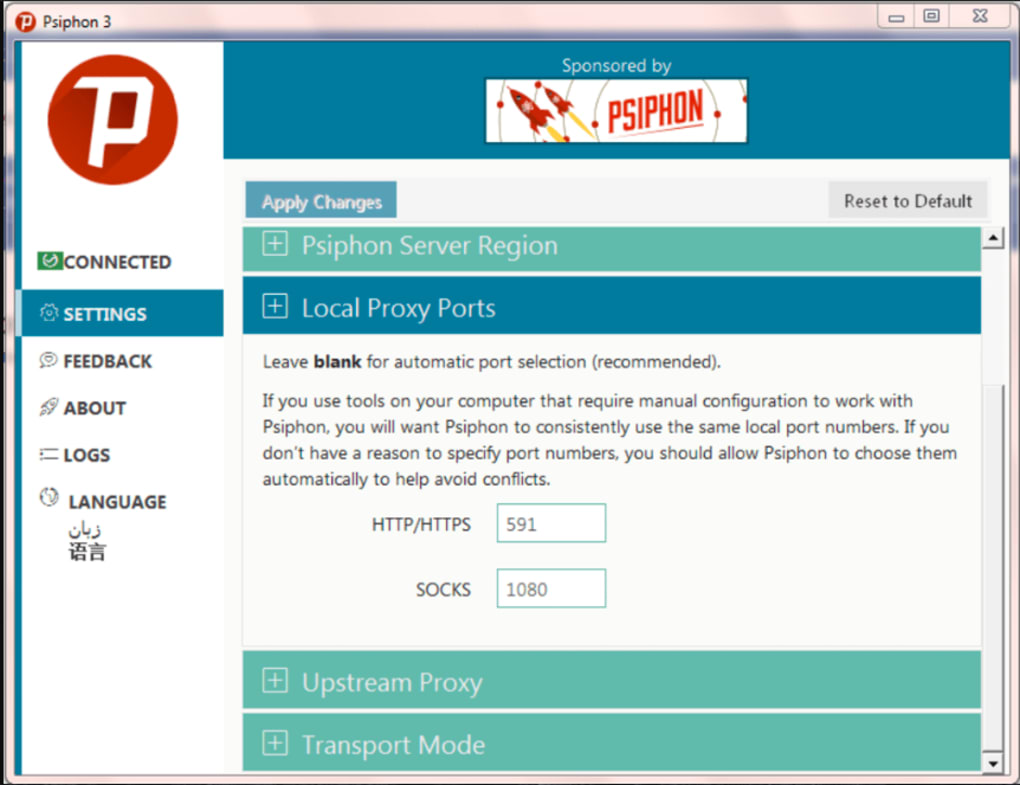![]()

How to Download Files with cURL
Client URL, or cURL, is a library and command-line utility for transferring data between systems. It supports many protocols and tends to be installed by default on many Unix-like operating systems. Because of its general availability, it is a great choice for when you need to download a file to your local system, especially in a server environment.
In this tutorial, you’ll use the command to download a text file from a web server. You’ll view its contents, save it locally, and tell to follow redirects if files have moved.
Downloading files off of the Internet can be dangerous, so be sure you are downloading from reputable sources. In this tutorial you’ll download files from DigitalOcean, and you won’t be executing any files you download.
Step 1 — Fetching remote files
Out of the box, without any command-line arguments, the command will fetch a file and display its contents to the standard output.
Let’s give it a try by downloading the file from Digitalocean.com:
You’ll see the file’s contents displayed on the screen:
Give a URL and it will fetch the resource and display its contents.
Saving Remote Files
Fetching a file and display its contents is all well and good, but what if you want to actually save the file to your system?
To save the remote file to your local system, with the same filename as the server you’re downloading from, add the argument, or use the option:
Your file will download:
Instead of displaying the contents of the file, displays a text-based progress meter and saves the file to the same name as the remote file’s name. You can check on things with the command:
The file contains the same contents you saw previously:
Now let’s look at specifying a filename for the downloaded file.
Step 2 — Saving Remote Files with a Specific File Name
You may already have a local file with the same name as the file on the remote server.
To avoid overwriting your local file of the same name, use the or argument, followed by the name of the local file you’d like to save the contents to.
Execute the following command to download the remote file to the locally named file:
Once again you’ll see the progress bar:
Now use the command to display the contents of to verify it’s the file you downloaded:
The contents are the same:
By default, doesn’t follow redirects, so when files move, you might not get what you expect. Let’s look at how to fix that.
Step 3 — Following Redirects
Thus far all of the examples have included fully qualified URLs that include the protocol. If you happened to try to fetch the file and only specified , you would not see any output, because DigitalOcean redirects requests from to :
You can verify this by using the flag, which displays the request headers rather than the contents of the file:
The output shows that the URL was redirected. The first line of the output tells you that it was moved, and the line tells you where:
You could use to make another request manually, or you can use the or argument which tells to redo the request to the new location whenever it encounters a redirect. Give it a try:
This time you see the output, as followed the redirect:
You can combine the argument with some of the aforementioned arguments to download the file to your local system:
Warning: Many resources online will ask you to use to download scripts and execute them. Before you run any scripts you have downloaded, it’s good practice to check their contents before making them executable and running them. Use the command to review the code to ensure it’s something you want to run.
Conclusion
lets you quickly download files from a remote system. supports many different protocols and can also make more complex web requests, including interacting with remote APIs to send and receive data.
You can learn more by viewing the manual page for by running .

-
-
-